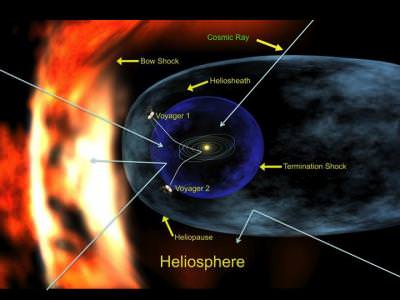If you’re looking for a quality refractor telescope that costs well under $400 and performs like it should cost twice as much – then you’re really going to want to take a look at the Sky-Watcher AZ4 102 Refractor Telescope. I had read some posts on the Bad Astronomy Universe Today forum about how Sky-Watcher was a new comer into the industry and people were expressing their concerns about the quality of the telescopes they manufacture. I can understand not wanting to take a chance with a fairly unknown company – so I did the logical thing. I asked for one…
According to their site: “At Sky-Watcher USA our only mission is serving the needs of serious amateur astronomers. Sky-Watcher USA is a wholly owned subsidiary of Synta Optical Technology, the world’s largest manufacturer and distributor of astronomical telescopes. Sky-Watcher is a prestigious global brand renowned for technical innovation, award-winning industrial design, and a reputation for high quality workmanship. Sky-Watcher constantly strives to introduce new and improved instrumentation to enhance the amateur astronomer’s capabilities to push the boundaries of personal exploration.”
Those are some mighty fine words, but what I really wanted to know is how well the product would live up to them. So let’s start with first things first, eh? Sky-Watcher doesn’t just hang in the USA. If you’re looking for a Sky-Watcher telescope, you aren’t limited because they have subsidiaries in both Canada and Europe. This is good news for those of you who often desire a particular type of telescope and have difficulties with shipping. The next bit of good news you’ll also like to hear is the branch company prices are all competitive with the monetary scale in the area. In other words, what a Sky-Watcher telescope costs on one exchange rate is going to be pretty daggone close on the other.
Hmmm… A company that’s not out to get you because of where you live? I like that…
Next up? Investigate Synta Optical. Rumor has it they’ve team with Celestron as well as Sky-Watcher. Well, it’s not a rumor – it’s true – and Suzhou Synta Optical Technology Co., Ltd. of China is proud to be part of it. The company offers advanced equipment, such as multi-coating machines, interference meters (Zygo brand), collimators and other instruments which are used for manufacturing optical products. And when it comes to optics, you can love it or leave it, but Celestron consistently has some of the finest optics and durable mechanics that I know, so we’re looking at a good global reputation here. If Synta is also supplying SkyWatcher, then why should the quality be any less for their name?
Hmmm… A company that’s going to produce durable quality? I like that…
Next up? New and improved. And that’s where we get down to the bottom line, isn’t it? What can be new and improved upon the time honored telescope designs we’ve all known and trusted for many, many years? Then let’s try high quality and affordability – that would be a welcome “new and improved” for us all.
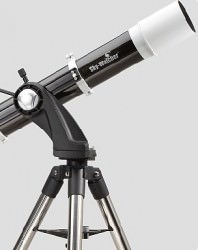 So, now it’s time to open the box the Sky-Watcher AZ4 102 Refractor Telescope came in and check it out. I was immediately impressed with the quality of the optical tube. From its glistening black with gold fleck paint, to its spotless white trim, this is one very well put together refractor. No edge is left unturned or cheaply done. At around 14 pounds, the AZ4 102 isn’t a lightweight and Sky-Watcher’s advertisements don’t even express how well made it really is. We’re talking smooth quality rack and pinion focusing with aluminum knobs – no slop in the focus – just fluid workings with enough tension that you’re not going to overshoot your mark easily. One glance at the sparkling objective and you’re going to see 2-element, color corrected achromatic lenses that are fabricated to the highest optical standards from Grade-A Crown and Flint optical glass. Each lens set is individually pitch-polished, and hand figured by a master optician ensuring premium optical performance. Each lens system is air-spaced with high transmission optical coatings – not glued together like more inferior models.
So, now it’s time to open the box the Sky-Watcher AZ4 102 Refractor Telescope came in and check it out. I was immediately impressed with the quality of the optical tube. From its glistening black with gold fleck paint, to its spotless white trim, this is one very well put together refractor. No edge is left unturned or cheaply done. At around 14 pounds, the AZ4 102 isn’t a lightweight and Sky-Watcher’s advertisements don’t even express how well made it really is. We’re talking smooth quality rack and pinion focusing with aluminum knobs – no slop in the focus – just fluid workings with enough tension that you’re not going to overshoot your mark easily. One glance at the sparkling objective and you’re going to see 2-element, color corrected achromatic lenses that are fabricated to the highest optical standards from Grade-A Crown and Flint optical glass. Each lens set is individually pitch-polished, and hand figured by a master optician ensuring premium optical performance. Each lens system is air-spaced with high transmission optical coatings – not glued together like more inferior models.
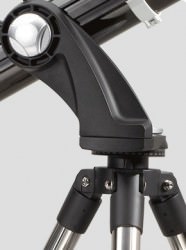 Further into the box I find the Sky-Watcher AZ4 mount – known as the “Rock”. Again, I’m impressed with the quality for the price. Both the mount and tripod head are constructed of rigid, cast aluminum and the tublar tripod legs are 1.75″ diameter heavy duty aluminum as well. Assembly was quick and easy and I was delighted with how well centered the weight of the scope and mount fits over the tripod. Unlike some other major brands of inexpensive refractors on alt-azimuth mounts, we’re looking at good quality here… thrust-bearing surfaces well lubricated and teflon bearings… the control knobs work easily and mechanically perfect to allow you to set just the right amount of tension to make everything work with ease.
Further into the box I find the Sky-Watcher AZ4 mount – known as the “Rock”. Again, I’m impressed with the quality for the price. Both the mount and tripod head are constructed of rigid, cast aluminum and the tublar tripod legs are 1.75″ diameter heavy duty aluminum as well. Assembly was quick and easy and I was delighted with how well centered the weight of the scope and mount fits over the tripod. Unlike some other major brands of inexpensive refractors on alt-azimuth mounts, we’re looking at good quality here… thrust-bearing surfaces well lubricated and teflon bearings… the control knobs work easily and mechanically perfect to allow you to set just the right amount of tension to make everything work with ease.
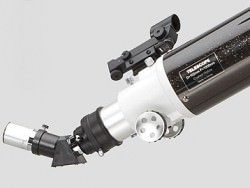 Next come the accessories. We’ve got 25mm and 10mm four-element Plossl eyepieces, a 45 degree diagonal and a red dot finder. (Yes, there’s even planetarium software, too!) While these accessories aren’t going to set any records as super high quality, they also have absolutely nothing to be ashamed of. The eyepieces and diagonal are above average, and while I’m not real keen on red dot finders, I’m also perfectly capable of using them. Once everything is together, all we need to do is wait on dark…
Next come the accessories. We’ve got 25mm and 10mm four-element Plossl eyepieces, a 45 degree diagonal and a red dot finder. (Yes, there’s even planetarium software, too!) While these accessories aren’t going to set any records as super high quality, they also have absolutely nothing to be ashamed of. The eyepieces and diagonal are above average, and while I’m not real keen on red dot finders, I’m also perfectly capable of using them. Once everything is together, all we need to do is wait on dark…
Refractors have a reputation for excellence on planetary objects and right now Jupiter is prime. Not only are we giving this scope first light – but we’re doing so on a cool, very steady 9/10 atmospheric platform with sweet and easy 6.0 limiting magnitude with a score of better than 8/10 on clarity. With the 25mm in a 1000mm focal length scope, we’re talking roughly 40X power and Jupiter is small and crystal clear. Immediately you could discern dimension in the Galiean moon’s positions and absolutely no color fringing was present. Drop in the 10mm and now we’re talking 100X and details begin snapping out like crazy. The larger moons can be perceived as orbs and striations and swirls in the different zonal belts become very noticeable. Again, there’s no spurious color… No aberration. No ghosts. Just tiny pinpoint stars where Jupiter’s “light pollution” doesn’t influence the picture and a razor sharp planet.
Hmmm… A 4″ chunk of glass that’s going to produce cutting edge images? I like that…
Needless to say, I watched Jupiter for a very long time. Again, I’m impressed (and so were the other discerning astronomers who were also observing at the time) with the mount quality and it lives up to its reputation of being a “Rock”. Usually I do not favor high magnification factors on an un-driven scope, either. But once you’ve set the tension and angle to your liking, you can basically guide the Sky-Watcher AZ4 102 Refractor Telescope with the touch of a finger. Just a gentle pressure to keep the scope tracking and virtually no backwash from the mount moving around.
Of course, I had to do deep sky, too. How did it perform? Reality check. It performs like a 4″ aperture telescope. the AZ4 102 isn’t going to gather more light than what its capable of – nor will it resolve better than its theoretical limitations. But… I want to push those limitations. After all, its supposed to “enhance the amateur astronomer’s capabilities to push the boundaries of personal exploration”. So… Show me.
Using an undisclosed manufacturer’s 2mm – 4mm Click-Stop Zoom eyepiece, I took this telescope to the edge and beyond. We’re talking between 500X and 250X on one of the toughest multiple stars out there – Gamma Andromeda. Before you start thinking I don’t know my business, then think again. Almach’s two primary stars, Gamma 1 and Gamma 2, are easy at even low power. Again, I am impressed with the Sky Watcher 102’s performance on color, because a warm, golden yellow and azure blue makes for a beautiful pair – but what I want to see is what I know can be done. Gamma 2 is also a binary with a .5 arc second separation. What did I find out? At around a magnitude dimmer than its companion and so very close, you have to wait on a moment of perfect stability – but brother? It’s there. You’re not going to drive a truck through the separation, but neither can you deny it once you’ve seen it.
Hmmm… A 102mm f/9.8 achromatic lens resolving out tight fits and showing great airies? I like that…
Once I’d driven it to the limits, it was simply time to relax and let the Sky-Watcher AZ4 102 Refractor just have a good time with the night. Colorful objects like the “Blue Snowball” planetary, pinpoint stars in targets like Messier 15, drooling on the Andromeda Galaxy and companions, and returning over and over again to Jupiter to watch the moons shuttle around. Yep. We stayed up all night, ending with the Orion nebula. For those of you who might wonder about the quality of a Sky-Watcher telescope? Stop wondering, because this model wasn’t the only one star tested tonight either. I guarantee you that you will not be disappointed in the quality of the telescope, nor its performance.
Hmmm… A Sky-Watcher AZ4 102 Refractor Telescope? How sweet it is!
I would sincerely like to express my appreciation to Elena Gonzalez and Joe Gordon of Sky-Watcher USA for allowing me the opportunity with this fine refractor and to the company itself for producing several other extremely fine pieces of equipment that were also tested on this night. (Future reviews will be coming!) If you are interested in purchasing a Sky-Watcher telescope, be sure to visit with their premier dealers: Skies Unlimited, Scope City, OPT Telescope, Adorama, Astronomics, Optics Planet, Great Red Spot, Telescopes.com and Orion.


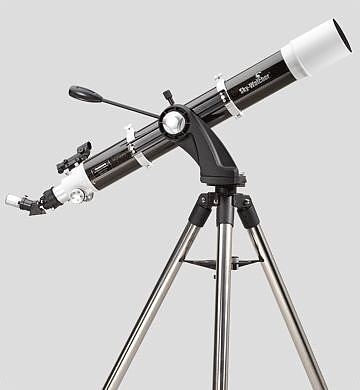



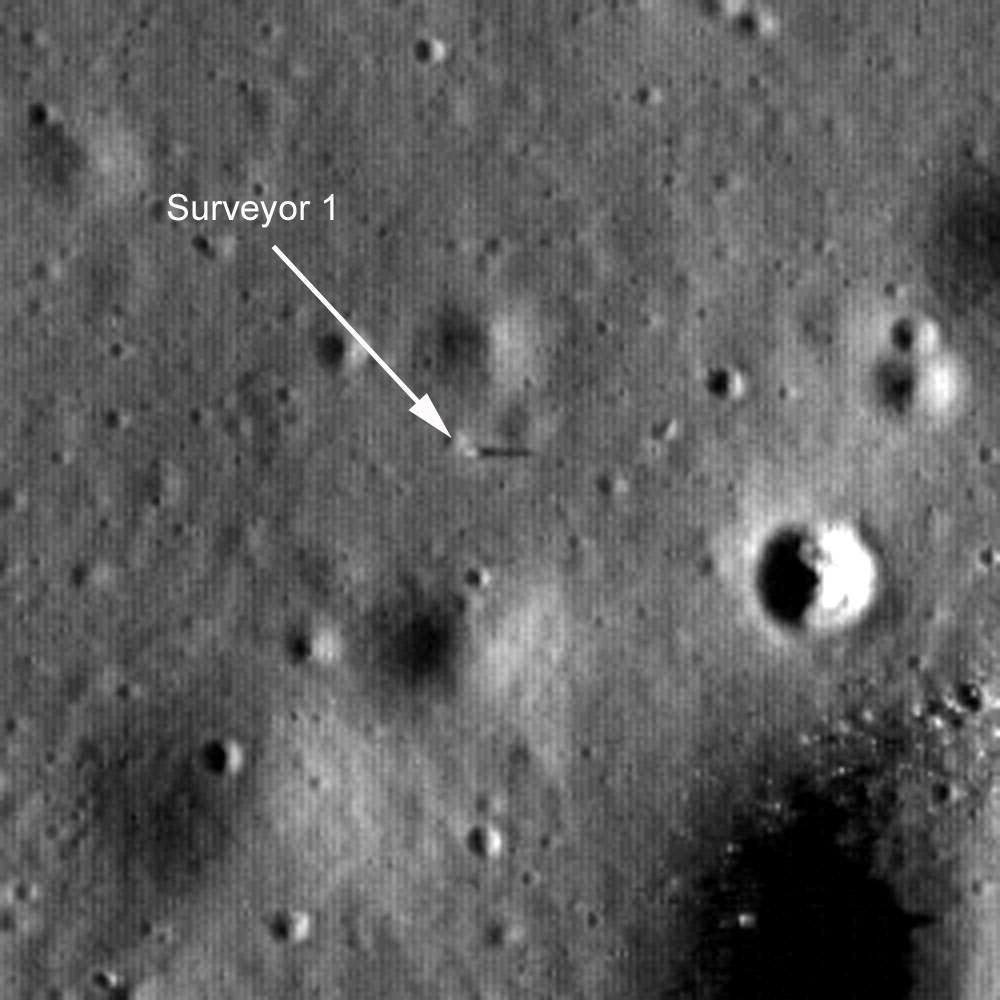
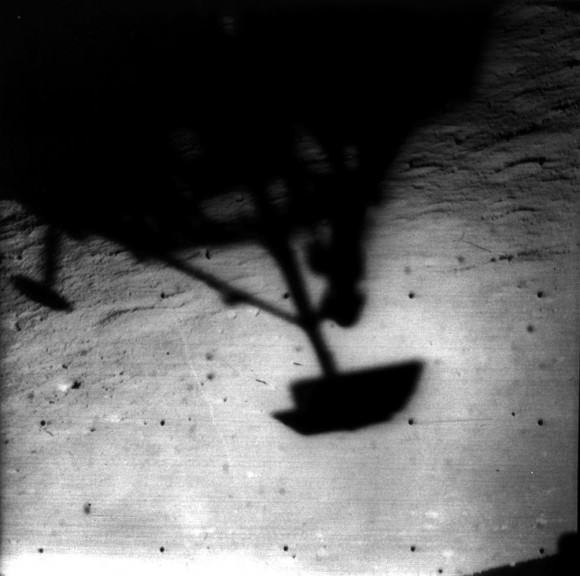

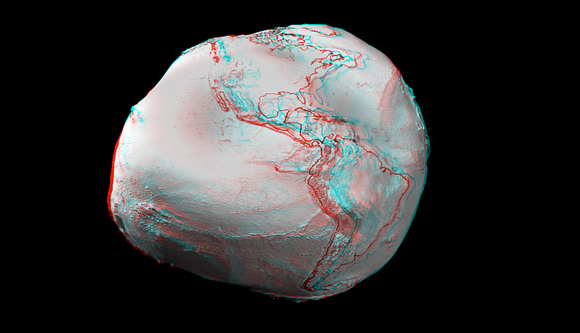
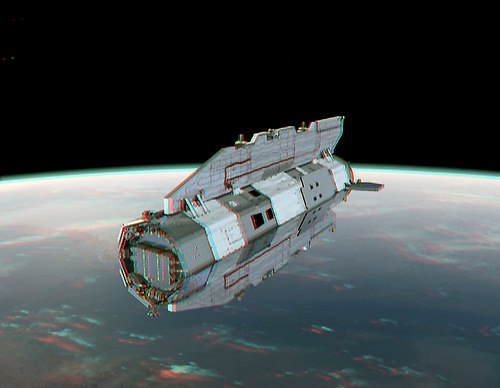
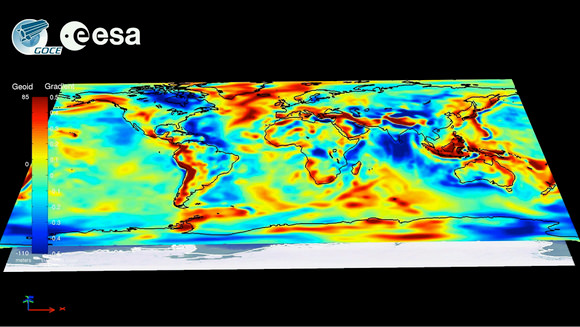
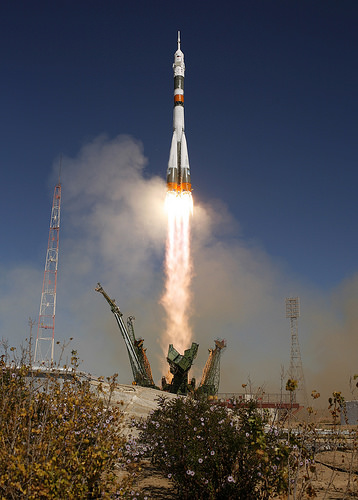
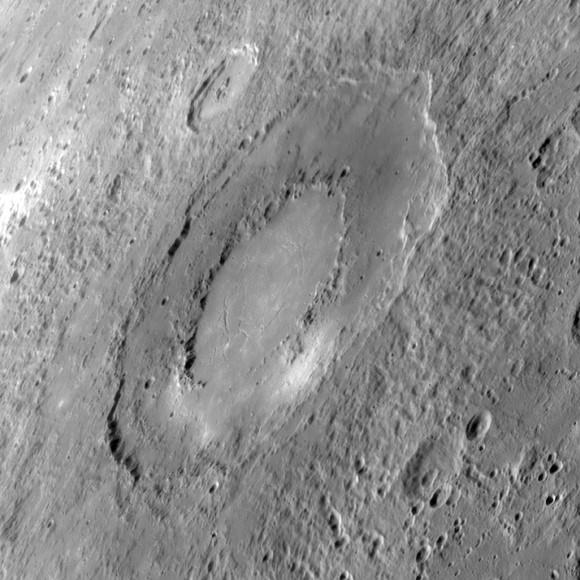
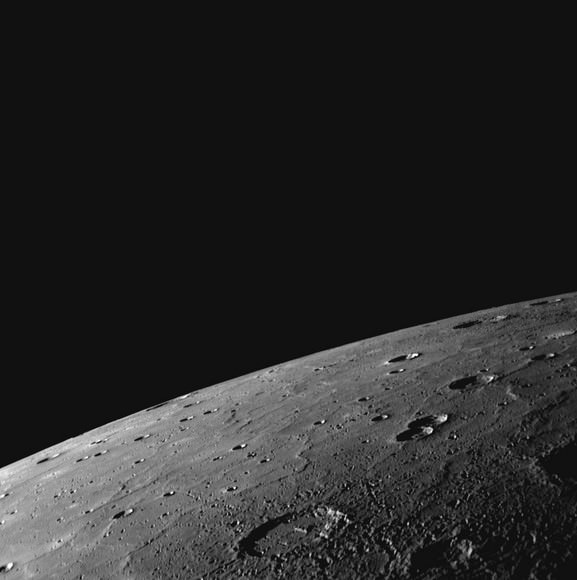
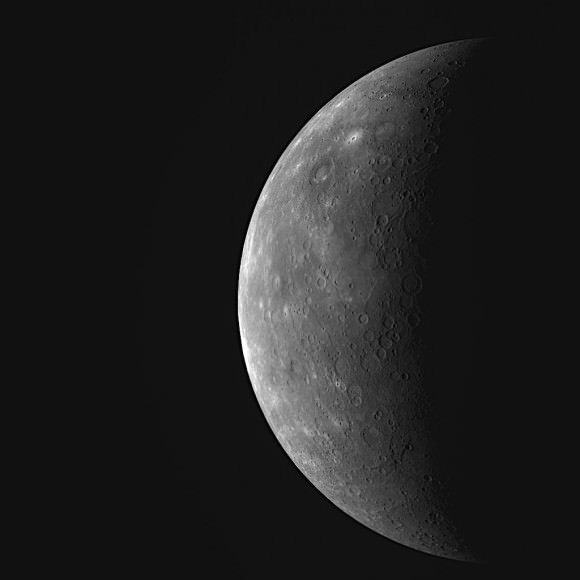

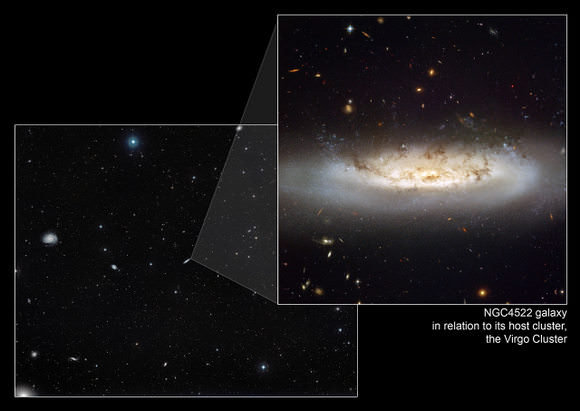

![NAC image blown up two times showing Tranquility Base [NASA/GSFC/Arizona State University]. NAC image blown up two times showing Tranquility Base [NASA/GSFC/Arizona State University].](https://www.universetoday.com/wp-content/uploads/2009/09/Apollo-11-close-up.jpg)
